Home>Garden Essentials>Synthetic Pet Grass: How Costly Is It?
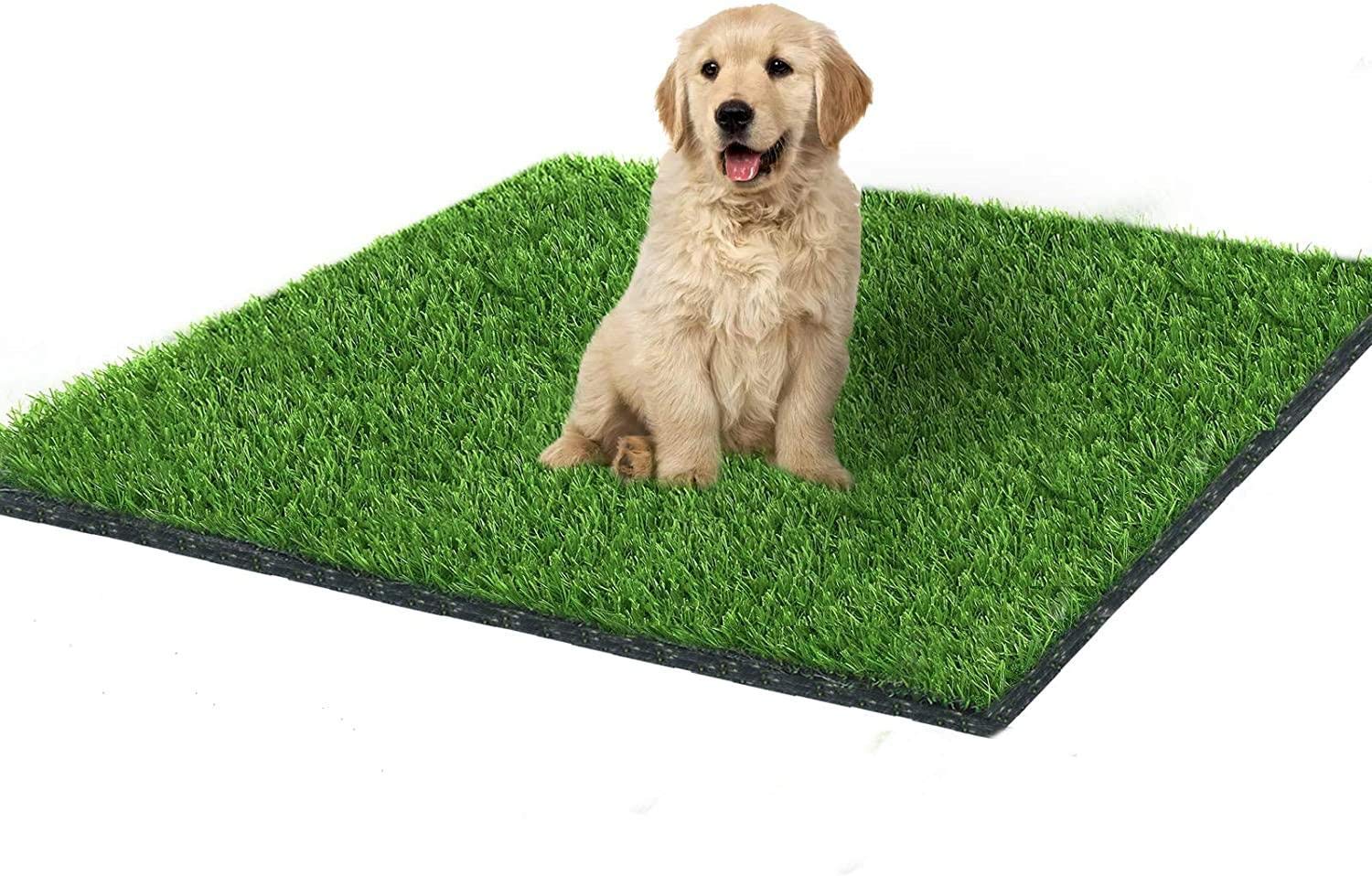

Garden Essentials
Synthetic Pet Grass: How Costly Is It?
Modified: March 7, 2024
Discover the cost of synthetic pet grass for your garden and find out if it's a costly investment.
(Many of the links in this article redirect to a specific reviewed product. Your purchase of these products through affiliate links helps to generate commission for Storables.com, at no extra cost. Learn more)
Introduction
Welcome to the world of synthetic pet grass! If you’re a proud pet owner looking for an alternative to natural grass, you’ve come to the right place. Synthetic pet grass has gained popularity in recent years as a durable and low-maintenance solution for pet owners who want their furry friends to enjoy a lush green outdoor space without the hassle. In this article, we’ll explore the benefits of synthetic pet grass, factors that affect its cost, and how it compares to natural grass in terms of expenses.
What sets synthetic pet grass apart from natural grass is its unique composition. Synthetic pet grass is made from a combination of synthetic fibers, typically polyethylene or polypropylene, that are designed to mimic the look and feel of real grass. This artificial turf is weather-resistant, UV-stable, and pet-friendly, making it a perfect choice for any outdoor space where pets roam and play.
One of the primary benefits of synthetic pet grass is its durability. Unlike natural grass, which can become patchy and worn down over time, synthetic pet grass maintains its lush appearance year-round. It can withstand heavy use and won’t easily develop bare or muddy spots, even in high-traffic areas. This means that your pets can freely run, dig, and play without causing damage to your lawn.
In addition to its durability, synthetic pet grass is also low-maintenance. Say goodbye to mowing, watering, and fertilizing! With synthetic pet grass, you can forget about the hassles of lawn care. No more spending hours under the hot sun, wrestling with a lawnmower or dealing with muddy paws after watering. Synthetic pet grass requires minimal upkeep, making it a convenient option for busy pet owners who still want to enjoy a beautiful outdoor space.
Now that we understand the benefits of synthetic pet grass, let’s explore the factors that can affect its cost. Keep in mind that the cost of synthetic pet grass installation can vary depending on various factors, such as the size of the area, the quality of the turf, and any additional features you may want to include. We’ll delve into these factors in more detail in the following sections.
Key Takeaways:
- Synthetic pet grass offers a durable, low-maintenance, and pet-friendly alternative to natural grass, saving time and money on lawn care while providing a lush outdoor space for pets to enjoy.
- While the initial cost of synthetic pet grass installation may be higher, its long-term benefits include significant cost savings on water bills, lawn care equipment, fertilizers, and chemicals, making it a smart investment for pet owners.
What is Synthetic Pet Grass?
Synthetic pet grass, also known as artificial pet turf or fake grass, is a type of outdoor ground cover made from synthetic materials designed to resemble natural grass. It offers a viable alternative to traditional grass lawns, particularly for pet owners who want a durable, low-maintenance, and pet-friendly solution.
The synthetic fibers used in pet grass are typically made from polyethylene or polypropylene, which are known for their strength, resilience, and ability to withstand outdoor elements. These fibers are intricately woven or tufted into a backing material, creating a realistic and grass-like surface. Synthetic pet grass comes in a variety of pile heights, textures, and shades of green, allowing you to choose the option that best suits your aesthetic preferences.
Unlike natural grass, which requires regular watering, mowing, and fertilizing, synthetic pet grass offers a virtually maintenance-free solution. It does not need to be watered to stay green, and it does not require any trimming or edging. This means no more weekend lawn care chores and more time to enjoy your outdoor space with your furry friends.
Another key advantage of synthetic pet grass is its durability. Pets, especially dogs, can be rough on traditional lawns, leading to bald patches, muddy spots, and worn-out areas. Synthetic pet grass is specifically engineered to withstand high foot traffic and playful pet antics. It is resistant to digging and will not develop bare or patchy spots. This ensures that your lawn remains green and pristine, even with active pets running around.
In addition, synthetic pet grass is designed with pet safety in mind. Many synthetic turf manufacturers incorporate antimicrobial agents into the product to prevent the growth of bacteria and odor-causing microbes. This helps to maintain a clean and hygienic outdoor environment for your pets. The turf is also non-toxic and free from harmful chemicals, ensuring the well-being of your furry companions.
Furthermore, synthetic pet grass provides excellent drainage capabilities. Most artificial turf products have a porous backing that allows water to flow through easily, preventing standing water or puddles that can lead to muddy paws. This feature is particularly beneficial if you live in an area with heavy rainfall or if you frequently water your lawn.
In summary, synthetic pet grass is a practical and aesthetically pleasing solution for pet owners who want a low-maintenance and pet-friendly lawn. Its synthetic fibers, durability, low-maintenance nature, and pet-safe features make it an ideal choice for creating an outdoor space that your pets can enjoy without compromising on the beauty and functionality of your landscape.
Benefits of Synthetic Pet Grass
Synthetic pet grass offers a range of benefits that make it an attractive choice for pet owners looking to create a pet-friendly outdoor space. Here are some of the key advantages of installing synthetic pet grass:
- Durability: Synthetic pet grass is designed to withstand heavy use and is highly resistant to wear and tear. The synthetic fibers are engineered to be resilient, making them ideal for pets that love to dig, run, and play.
- Low Maintenance: Unlike natural grass that requires regular mowing, watering, and fertilizing, synthetic pet grass is virtually maintenance-free. Say goodbye to spending weekends tending to your lawn, and hello to more free time to spend with your pets.
- Pet-Friendly: Synthetic pet grass is specifically designed with pets in mind. It is non-toxic and free from pesticides and chemicals commonly found in traditional lawns, ensuring the safety and well-being of your furry friends.
- Easy to Clean: Accidents happen, but cleaning up after your pets is a breeze with synthetic pet grass. Any solid waste can be easily scooped up, while urine drains through the porous backing, preventing unpleasant odors and bacterial growth.
- No More Mud: One of the biggest challenges pet owners face with natural grass is muddy paws. Synthetic pet grass provides excellent drainage, ensuring that your pets can enjoy the outdoors without tracking mud into your home.
- Allergy-Friendly: Natural grass can trigger allergies in both pets and humans. Synthetic pet grass eliminates the risk of grass allergies by removing pollen, grass seeds, and other potential allergens, creating a worry-free environment for allergy sufferers.
- Year-Round Beauty: Synthetic pet grass maintains its lush green appearance throughout the year, regardless of weather conditions. No more worrying about yellow patches during dry spells or brown spots in winter.
- Cost-Effective: While the initial installation cost of synthetic pet grass may be higher than natural grass, it offers long-term cost savings. You’ll no longer need to invest in watering systems, fertilizers, pesticides, or regular lawn maintenance, resulting in significant cost savings over time.
Overall, synthetic pet grass provides a durable, low-maintenance, and pet-friendly solution for pet owners who want to create a beautiful outdoor space where their pets can roam and play. Its many benefits make it a smart investment that enhances both the aesthetic appeal of your landscape and the quality of life for both you and your furry companions.
Factors Affecting the Cost of Synthetic Pet Grass
The cost of installing synthetic pet grass can vary depending on several factors. Understanding these factors will help you estimate the overall expense and make informed decisions. Here are the key factors that can impact the cost of synthetic pet grass:
- Size of the Area: The size of the area is one of the primary factors that affect the cost of synthetic pet grass installation. The larger the space, the more material and labor will be required, resulting in higher costs. Measure the area accurately to get an estimate of how much synthetic pet grass you’ll need.
- Quality of the Turf: Synthetic pet grass comes in various qualities that differ in terms of durability, appearance, and feel. Higher-quality turf tends to be more expensive, but it generally offers better aesthetics and longevity. Consider your budget and desired level of quality when choosing the type of synthetic pet grass.
- Add-On Features: Additional features such as padding, infill materials, and drainage systems can increase the cost of synthetic pet grass installation. These features enhance the comfort, safety, and performance of the artificial grass but come with an added cost. Discuss with your installer about whether these features are necessary for your specific needs.
- Accessibility: The accessibility of the installation area can also affect the overall cost. If the area is challenging to reach or requires special equipment or permits, it may add to the labor costs. Ensure that the installation team has easy access to the site to minimize any additional expenses.
- Site Preparation: Adequate site preparation is crucial for a successful synthetic pet grass installation. If the site requires extensive leveling, removal of existing vegetation, or ground preparation, it will increase the labor and time required, thereby impacting the overall cost. Clear the area of any debris or obstructions before the installation process begins.
- Location: The geographical location can also play a role in the cost of synthetic pet grass. Prices may vary based on factors such as local labor rates, transportation costs for materials, and regional market conditions. Research and compare prices from different installers in your area to ensure you’re getting the best value for your investment.
- Installation Contractor: The expertise and reputation of the installation contractor can influence the cost of synthetic pet grass. Established and experienced contractors may charge a higher rate due to their expertise and quality of work. It’s essential to choose a reputable and qualified contractor who can deliver a professional installation.
Keep in mind that the cost of synthetic pet grass installation is an investment that pays off in the long run. While the initial cost may seem higher upfront compared to natural grass, the durability and low maintenance requirements of synthetic pet grass can lead to significant savings over time. Consider your specific needs, budget, and long-term goals when choosing the right synthetic pet grass and installer for your outdoor space.
When considering synthetic pet grass, compare the initial cost with the long-term savings on maintenance and replacement. Look for high-quality, durable options to ensure it’s a worthwhile investment for your pet.
Cost of Synthetic Pet Grass Installation
The cost of installing synthetic pet grass can vary based on several factors, including the size of the area, the quality of the turf, and any additional features or services required. Understanding the different components of the installation cost will help you plan your budget accordingly. Here are the key factors to consider:
- Turf Material: The cost of the synthetic pet grass itself is a significant component of the installation cost. The price can range from $5 to $20 per square foot, depending on the quality, density, and appearance of the turf. Higher-quality turf tends to be more expensive but offers better aesthetics and durability.
- Labor Costs: Hiring a professional installation team is essential to ensure a proper and long-lasting installation. Labor costs typically include ground preparation, site leveling, turf installation, and finishing touches. Labor charges can vary depending on the complexity of the project and the contractor’s expertise. On average, labor costs for synthetic pet grass installation range from $2 to $8 per square foot.
- Additional Features: If you opt for additional features such as padding, infill materials, or drainage systems, these will add to the overall cost. The price of these features can vary depending on the specific product and manufacturer. Discuss with your installer the necessity and cost implications of including these features.
- Site Preparation: Proper site preparation is crucial for a successful installation. If the area requires extensive leveling, removal of existing vegetation, or ground preparation, it may incur additional costs. The cost of site preparation can vary depending on the size and condition of the area. It is recommended to have a professional assess the site and provide an estimate for any necessary preparations.
- Installation Accessories: Various accessories such as adhesive tapes, nails, and other installation materials might be required for a secure and professional installation. These accessories are typically included in the installation cost, but it’s important to clarify with your installer to avoid any surprises.
- Maintenance Equipment: While not directly related to the installation cost, it’s worth considering any maintenance equipment you may need, such as a power broom or pet-friendly cleaning solutions. These items are essential for keeping the synthetic pet grass clean and well-maintained over time.
- Warranty: Some synthetic pet grass products come with warranties that cover manufacturing defects and premature wear. Depending on the warranty offered, the cost may vary. It’s advisable to choose a product with a warranty that provides you with peace of mind and protection against unforeseen issues.
To get an accurate estimate of the installation cost, it’s recommended to consult with multiple reputable installation companies. They can assess your specific requirements, measure the area accurately, and provide a detailed breakdown of the costs involved. Investing in professional installation ensures a high-quality and long-lasting synthetic pet grass that your pets can enjoy for years to come.
Read more: How To Cut Synthetic Grass
Cost of Maintaining Synthetic Pet Grass
One of the major appeals of synthetic pet grass is its low maintenance requirements compared to natural grass. While natural grass requires regular watering, mowing, and fertilizing, synthetic pet grass significantly reduces ongoing maintenance tasks and associated costs. Here’s a breakdown of the typical costs associated with maintaining synthetic pet grass:
- Water Usage: Synthetic pet grass does not require watering. Unlike natural grass, which needs regular irrigation to stay healthy and green, synthetic turf eliminates the need for excessive water usage. This means you can save considerably on your monthly water bills.
- Mowing and Trimming: Say goodbye to the need for mowing or trimming your lawn. Synthetic pet grass maintains a consistent height, eliminating the need for regular maintenance tasks associated with natural grass. This saves you time, effort, and the cost of owning or renting lawn care equipment.
- Fertilizers and Pesticides: Natural grass often requires fertilizers and pesticides to keep it healthy and pest-free. These products come with ongoing costs and can pose environmental and health risks. With synthetic pet grass, you can eliminate the expense associated with fertilizers and pesticides, as it does not require these types of treatments.
- Re-seeding and Sodding: Over time, natural grass may develop bare patches, thinning areas, or areas damaged by pets. These issues require re-seeding or sodding, which adds to the maintenance costs. Synthetic pet grass, on the other hand, maintains its lush appearance without the need for re-seeding or sodding, saving you money on these expenses.
- Weed Control: Natural lawns often require frequent weed control measures, such as herbicides and manual removal. Synthetic pet grass is not prone to weed growth, minimizing the need for weed control. This further reduces ongoing maintenance costs and the use of potentially harmful chemicals.
- Equipment Maintenance: Maintaining natural grass often entails maintaining lawnmowers, trimmers, and other lawn care equipment. These tools require regular maintenance, including fuel, oil changes, and blade sharpening. With synthetic pet grass, you no longer need to worry about equipment maintenance costs, as there is no need for these tools.
- Cleaning and Maintenance: While synthetic pet grass requires minimal maintenance, occasional cleaning may be necessary to keep it looking its best. This usually involves removing any pet waste and rinsing the grass with water to maintain its cleanliness and prevent odors. These simple cleaning tasks do not incur significant costs and can be easily done by pet owners themselves.
Overall, the cost of maintaining synthetic pet grass is significantly lower compared to natural grass. By eliminating the need for watering, mowing, fertilizing, and other maintenance tasks, you can save both time and money. Additionally, without the need for chemicals, equipment maintenance, and ongoing lawn treatments, you can enjoy a hassle-free and cost-effective solution for your pet-friendly outdoor space.
Comparing the Cost of Synthetic Pet Grass with Natural Grass
When deciding between synthetic pet grass and natural grass for your outdoor space, cost is an important factor to consider. While the initial installation cost of synthetic pet grass is typically higher than natural grass, it’s essential to evaluate the long-term expenses and benefits of both options. Here’s a comparison of the cost factors between synthetic pet grass and natural grass:
- Installation Cost: The initial cost of installing synthetic pet grass is generally higher than laying natural grass, primarily due to the materials used and the expertise required. The synthetic pet grass itself can range from $5 to $20 per square foot, while natural grass typically costs less, especially if grown from seed. However, synthetic pet grass can offer long-term cost savings in terms of maintenance and upkeep.
- Maintenance Cost: Natural grass requires regular maintenance, including watering, mowing, edging, fertilizing, and weed control. These ongoing maintenance tasks can incur significant costs over time. Synthetic pet grass, on the other hand, requires minimal maintenance, resulting in reduced long-term expenses. With synthetic pet grass, you can save on watering costs, lawn care equipment, fertilizers, weed control products, and professional landscaping services.
- Water Usage: One of the most significant cost differences between synthetic pet grass and natural grass is water usage. Natural grass needs regular watering to stay healthy and green, especially in hot and dry climates. This can significantly increase your water bills, especially during the summer months. Synthetic pet grass eliminates the need for watering, resulting in substantial water savings and cost reduction.
- Replacement and Repairs: Over time, natural grass can develop bare patches, thinning areas, or areas damaged by pets, requiring re-seeding or sodding. These repairs can add to the overall cost of maintaining natural grass. Synthetic pet grass, on the other hand, maintains its lush appearance without the need for re-seeding or repairing damaged areas, providing long-term cost savings.
- Longevity: Natural grass can wear out and require replacement over time, especially in high-traffic areas or with active pets. Synthetic pet grass offers better durability and longevity due to its resilient synthetic fibers. While it may have a higher upfront cost, synthetic pet grass can last for 15 to 20 years or more, reducing the need for costly replacements.
- Overall Value: When evaluating the cost of synthetic pet grass versus natural grass, it’s important to consider the overall value. Synthetic pet grass provides a pet-friendly, low-maintenance, and visually appealing outdoor space with long-term cost savings. Its durability, year-round beauty, and reduced environmental impact can enhance the value and enjoyment of your property.
While the initial investment in synthetic pet grass may be higher, it offers several cost advantages over natural grass in the long run. By considering factors such as installation cost, ongoing maintenance, water usage, repairs, and longevity, you can make an informed decision that aligns with your budget, lifestyle, and sustainability goals. Ultimately, choosing synthetic pet grass can provide a cost-effective and low-maintenance solution for creating a beautiful outdoor space for your pets to enjoy.
Conclusion
Synthetic pet grass offers a practical and cost-effective solution for pet owners who want a beautiful and low-maintenance outdoor space. In this article, we explored the benefits of synthetic pet grass, factors affecting its cost, and compared its expenses with natural grass. Here’s what we’ve learned:
Synthetic pet grass, made from durable synthetic fibers, provides a lush and pet-friendly alternative to natural grass. Its durability allows it to withstand heavy use from pets without developing bare or muddy spots. This eliminates the need for constant maintenance and repairs, saving you time and money in the long run.
Compared to natural grass, synthetic pet grass requires minimal maintenance. Say goodbye to watering, mowing, fertilizing, and weed control. With synthetic pet grass, you can enjoy significant cost savings on water bills, lawn care equipment, fertilizers, and chemicals.
While the initial installation cost of synthetic pet grass may be higher than natural grass, it offers long-term cost benefits. Synthetic pet grass eliminates the need for constant replacements, re-seeding, and repairs, providing a durable and visually appealing outdoor space that can last for many years.
Moreover, synthetic pet grass is a pet-friendly option that prioritizes safety and hygiene. It is non-toxic, discourages pests, and offers easy cleaning of pet waste, ensuring a clean and enjoyable environment for your furry friends.
By considering factors such as the size of the area, quality of the turf, additional features, and site accessibility, you can plan for the installation cost of synthetic pet grass. Additionally, the ongoing maintenance costs of synthetic pet grass are significantly reduced compared to natural grass.
In conclusion, the cost of synthetic pet grass installation and maintenance offers a balance of affordability and long-term benefits. By choosing synthetic pet grass, you can create an aesthetically pleasing, pet-friendly, and low-maintenance outdoor space that adds value to your property and enhances the quality of life for both you and your beloved pets.
Frequently Asked Questions about Synthetic Pet Grass: How Costly Is It?
Was this page helpful?
At Storables.com, we guarantee accurate and reliable information. Our content, validated by Expert Board Contributors, is crafted following stringent Editorial Policies. We're committed to providing you with well-researched, expert-backed insights for all your informational needs.
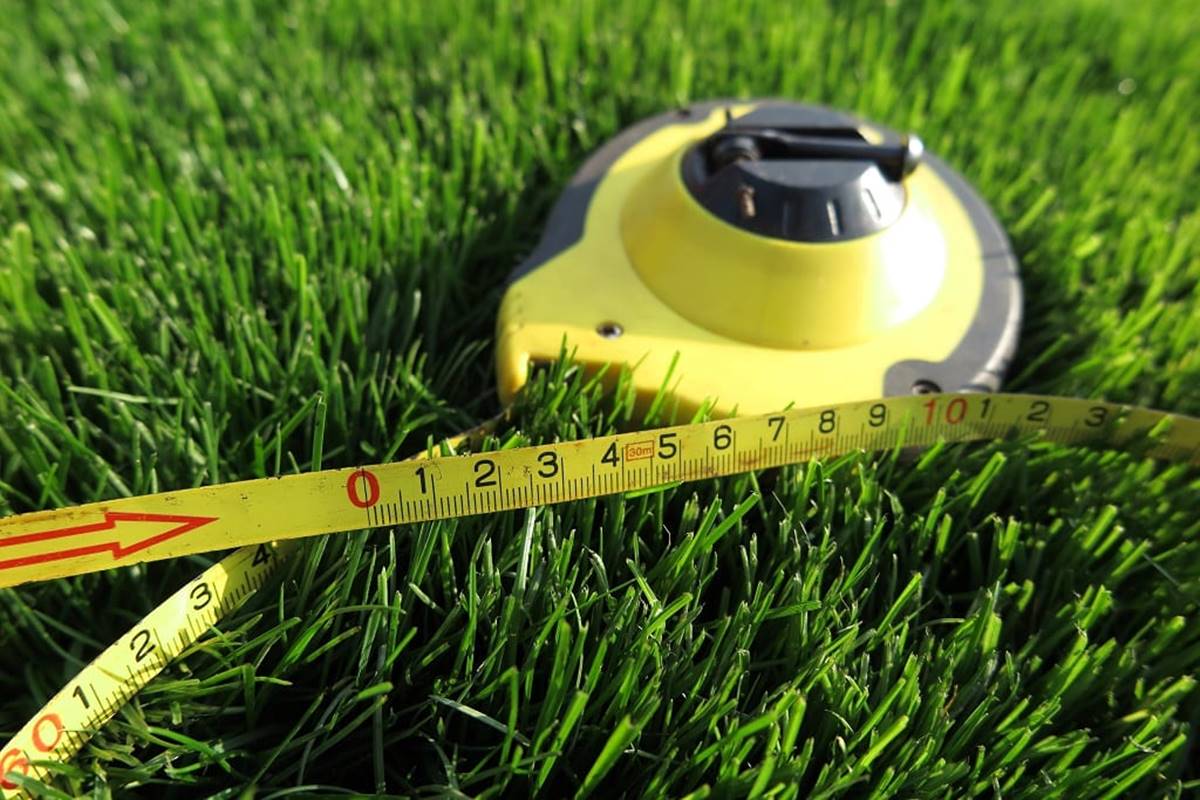
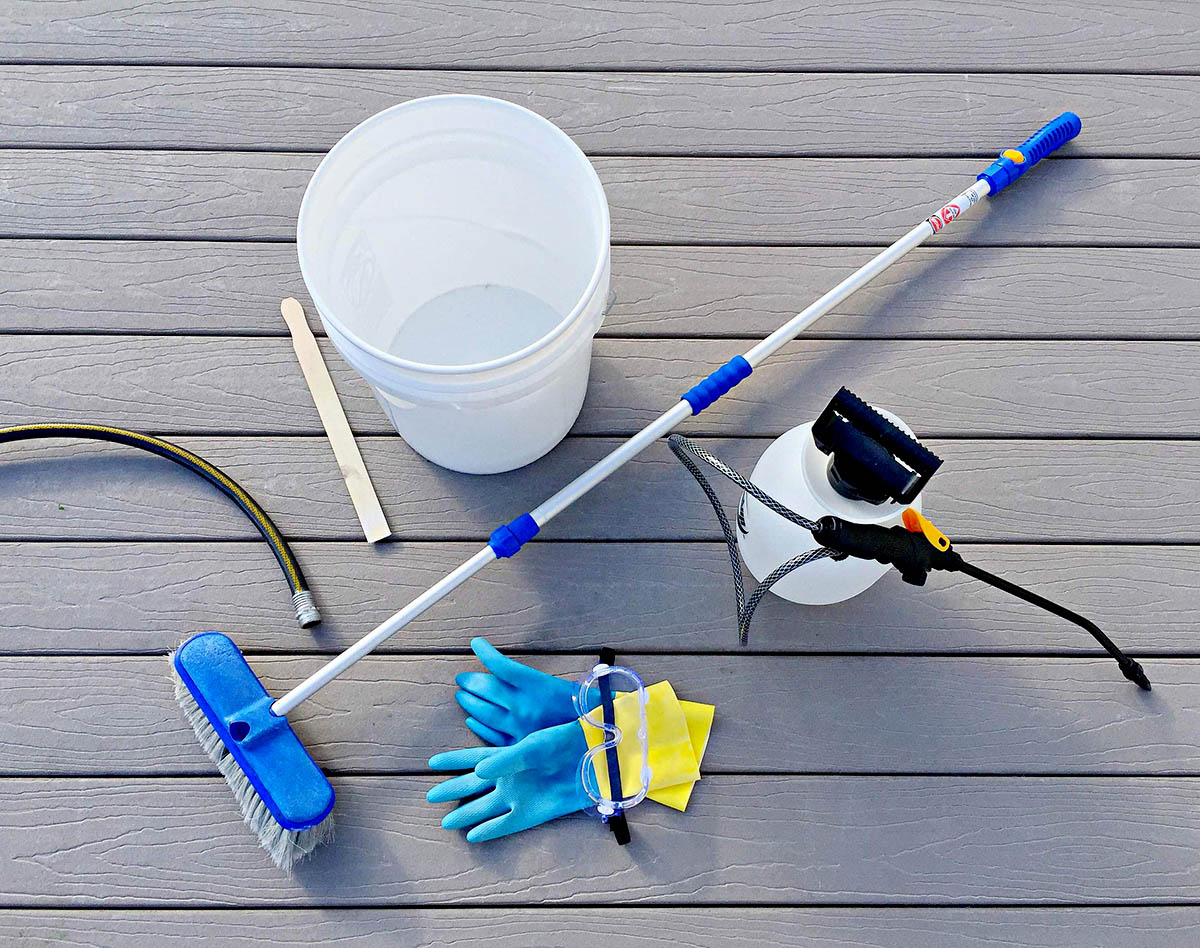
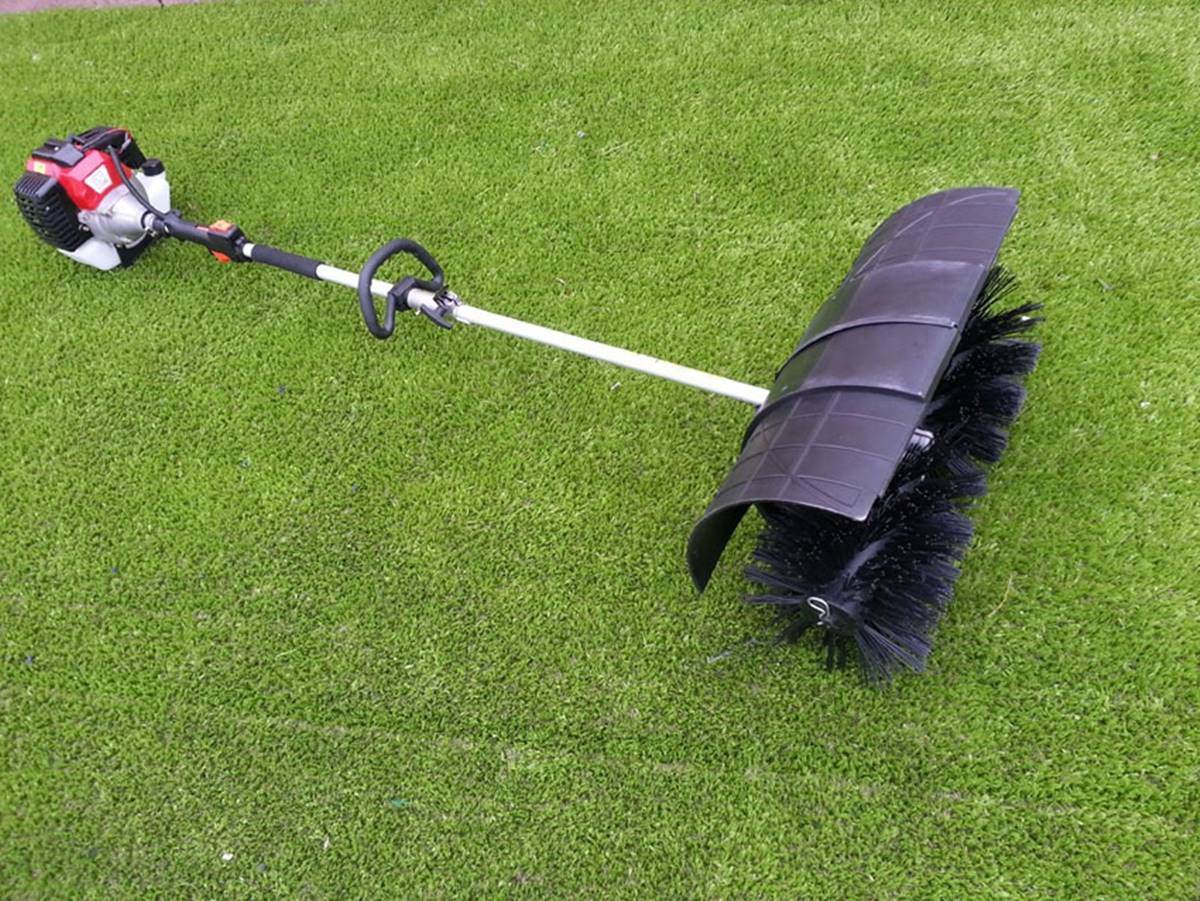
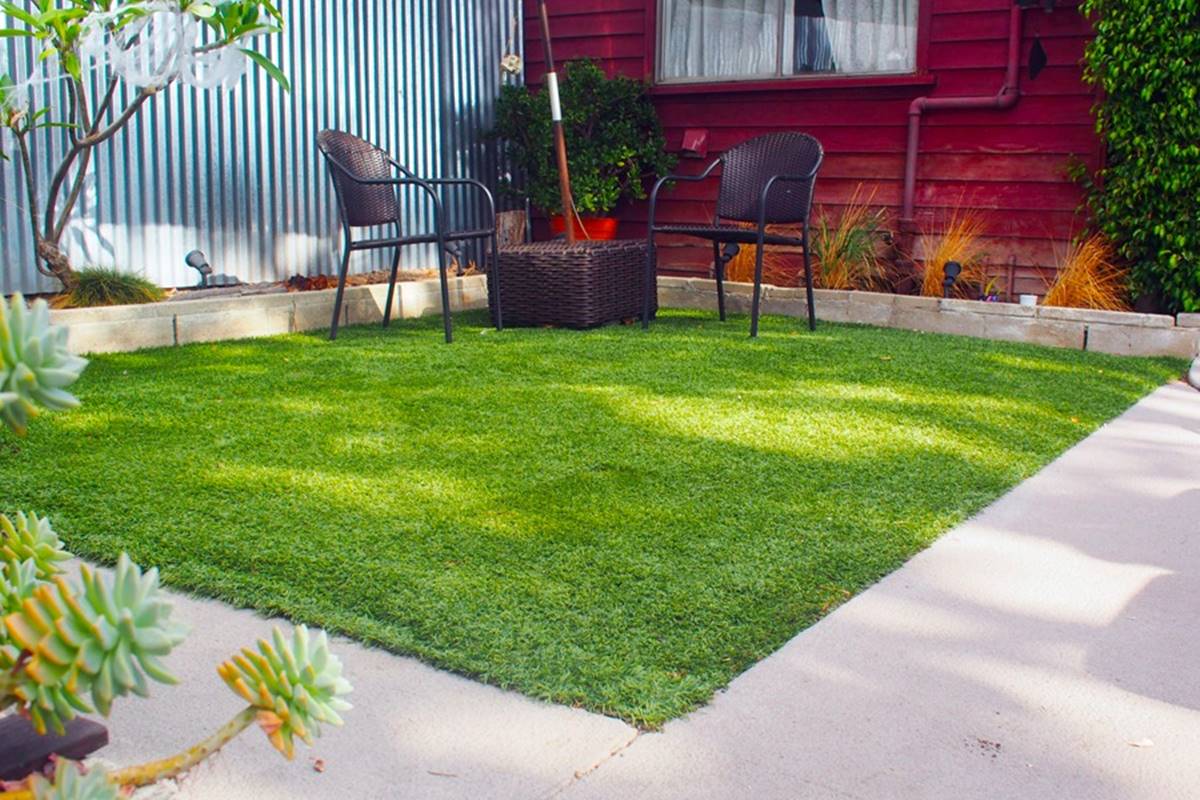
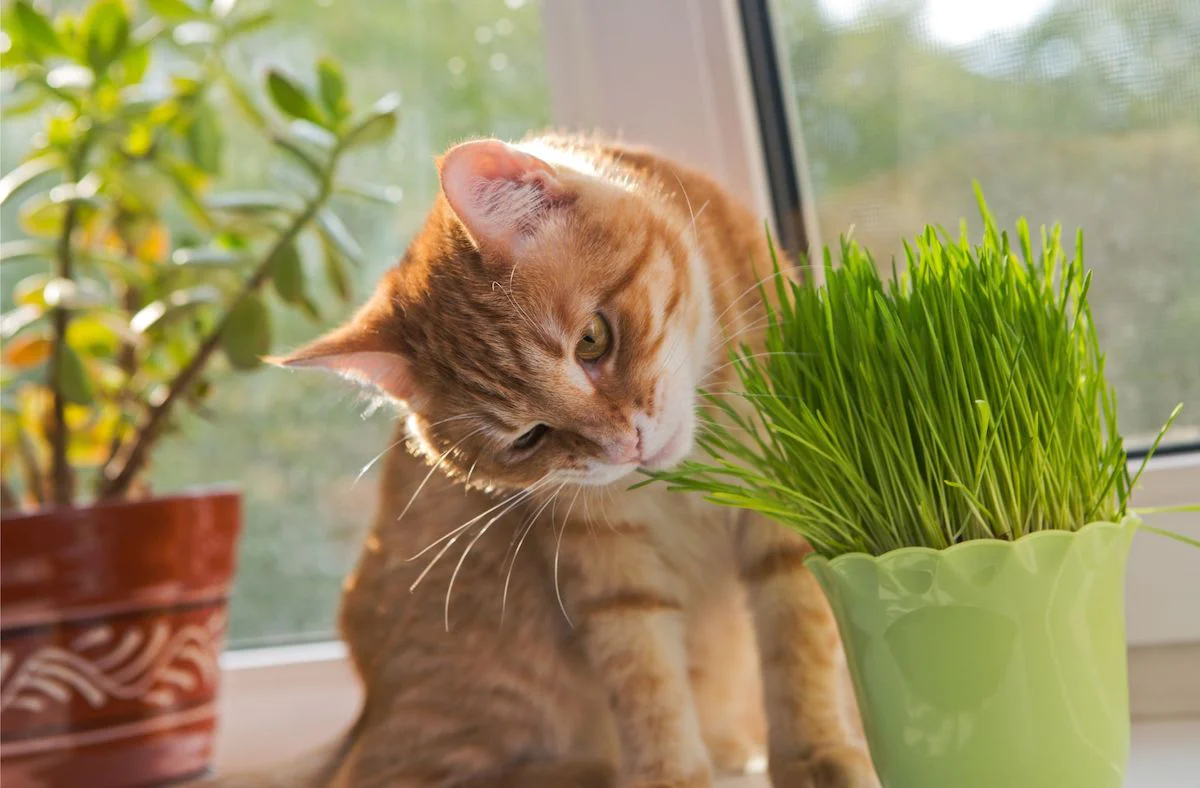
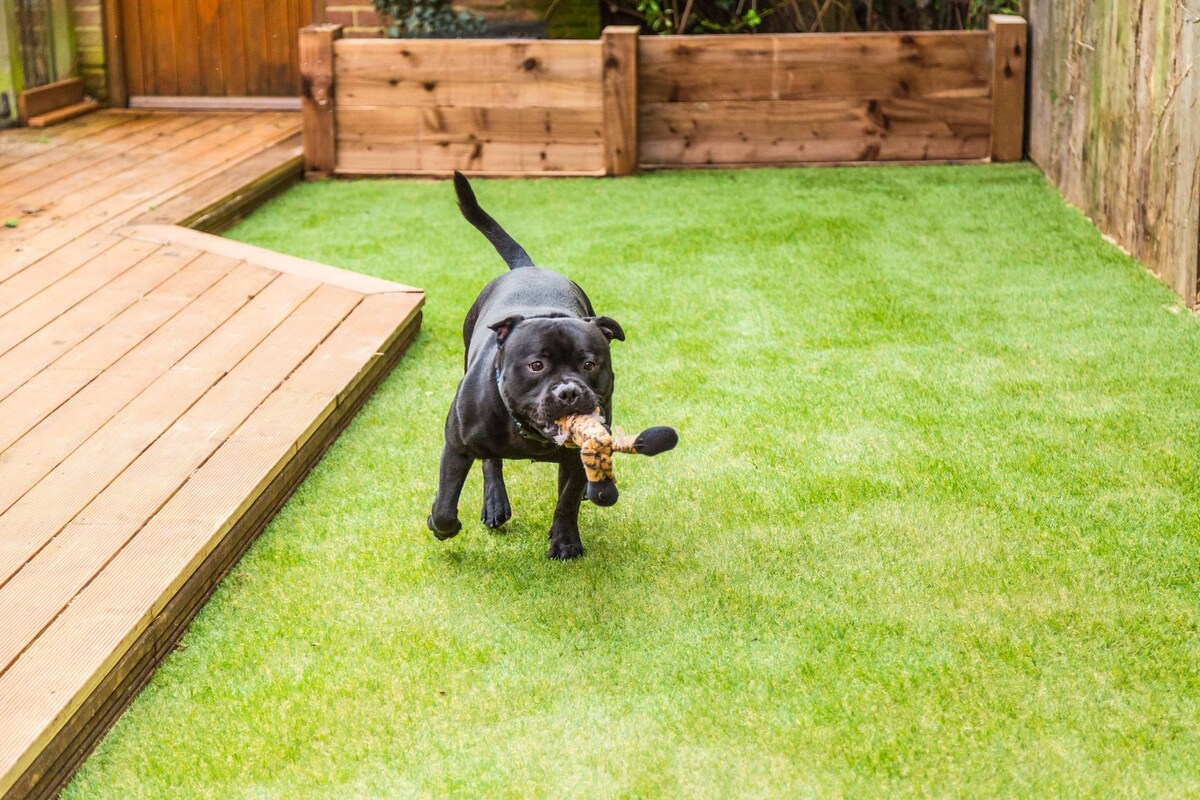
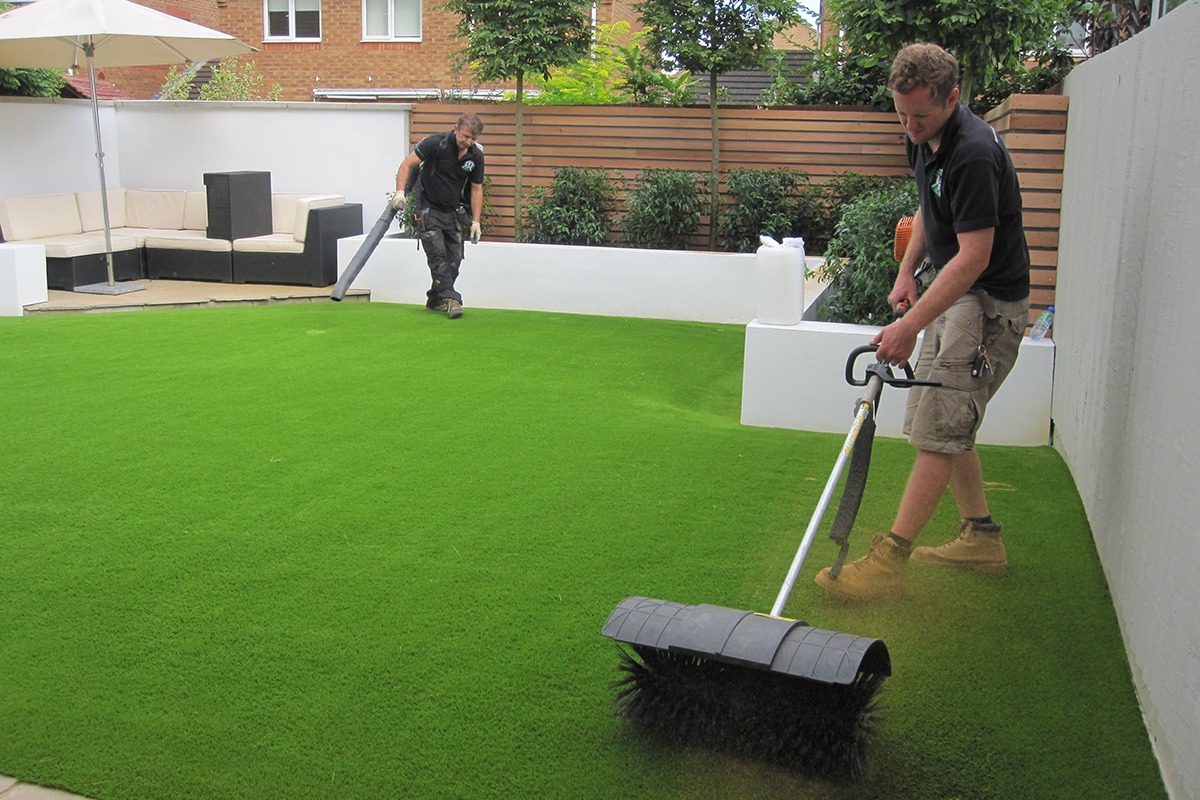
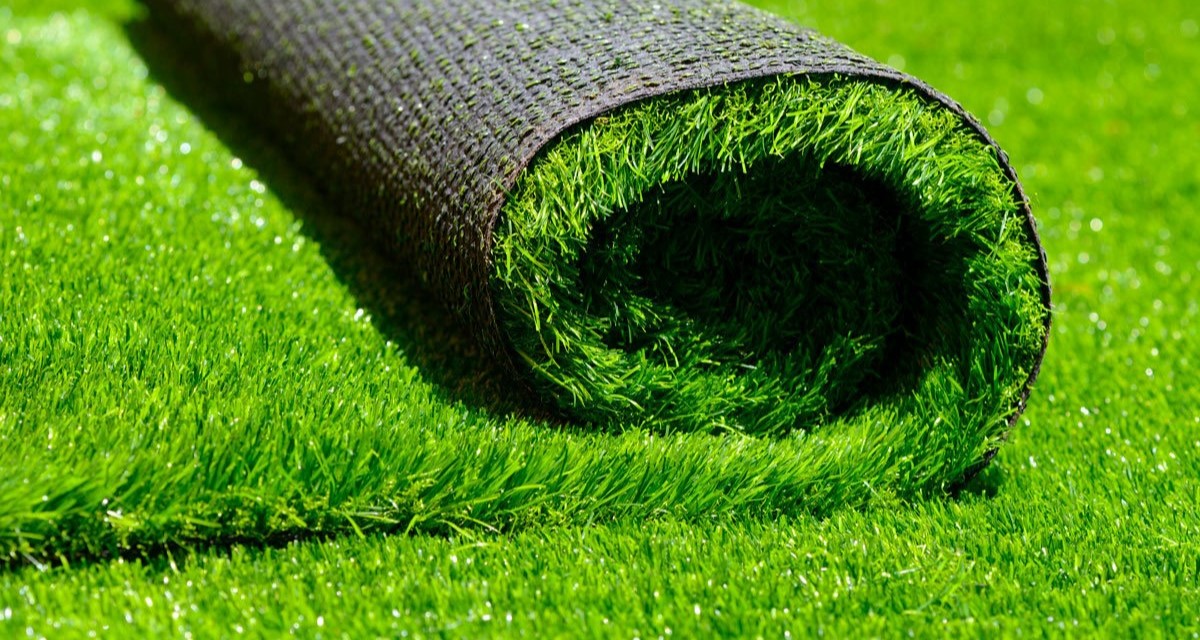
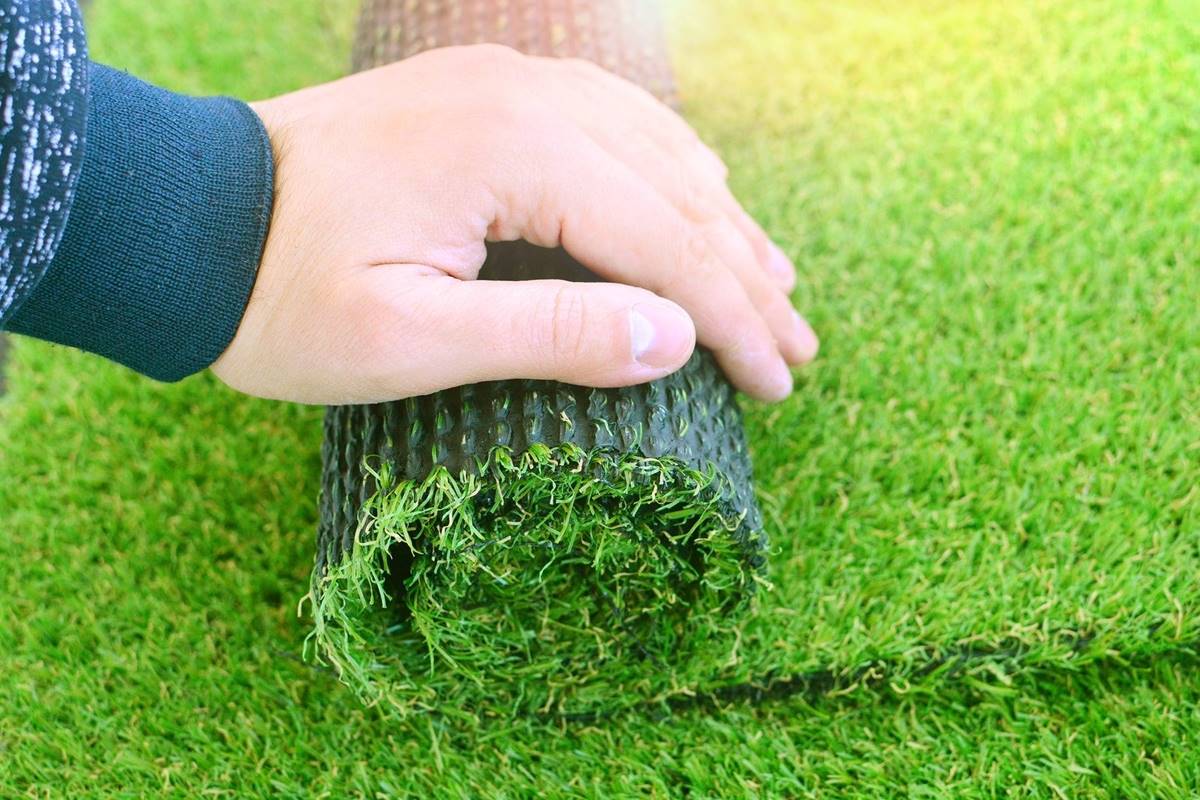
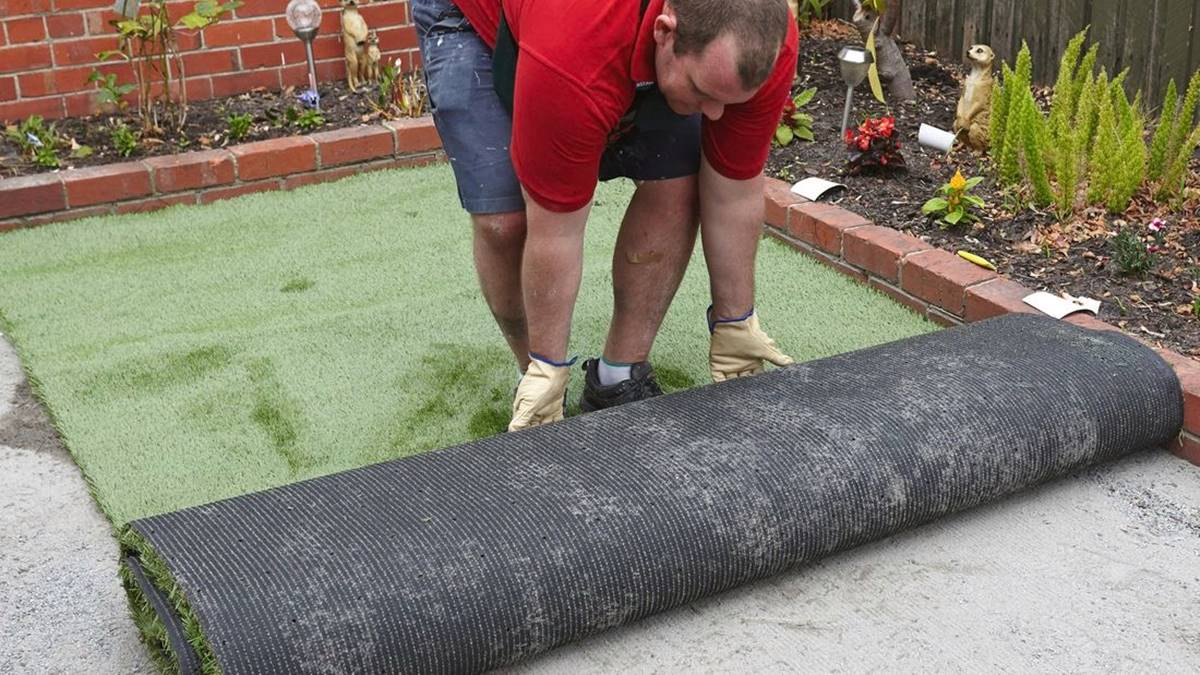
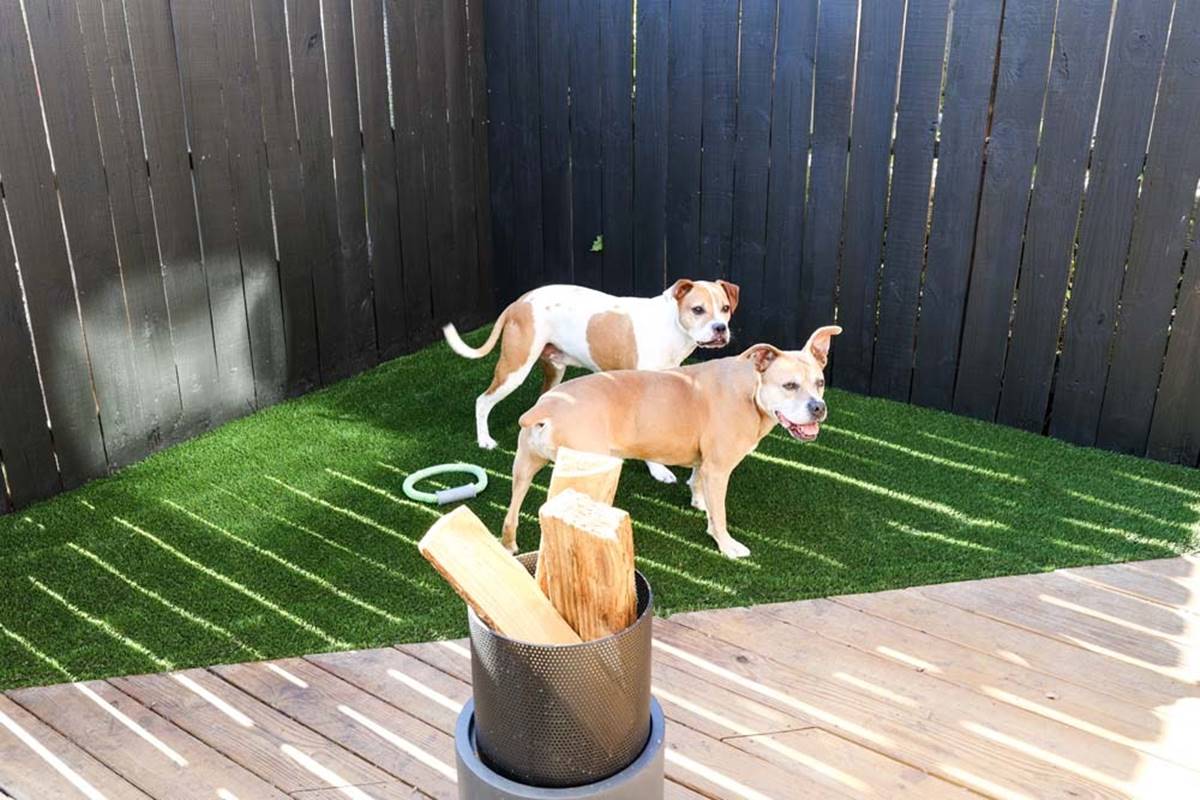
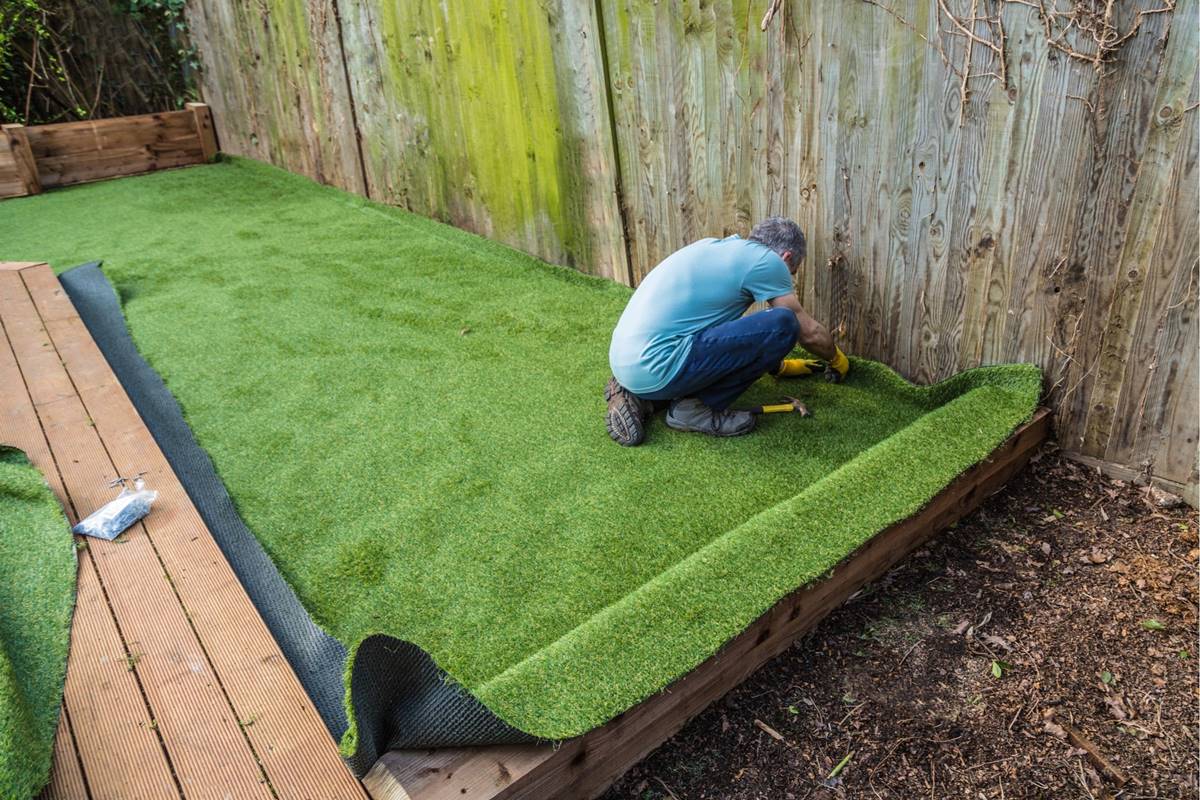
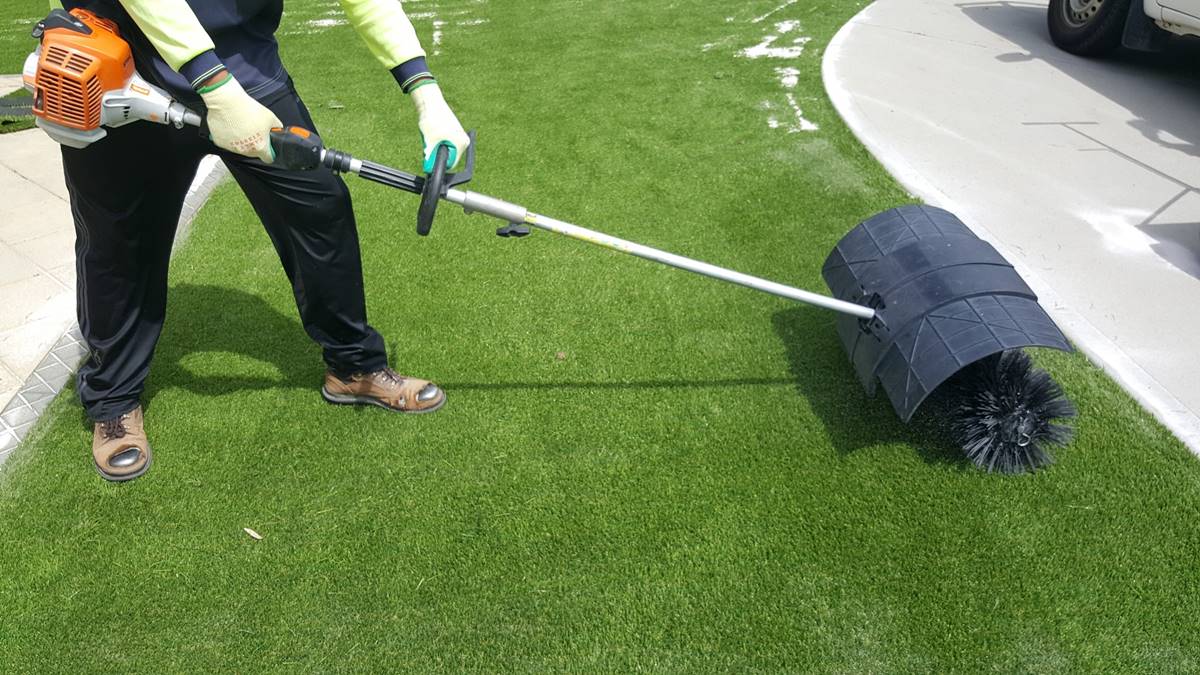
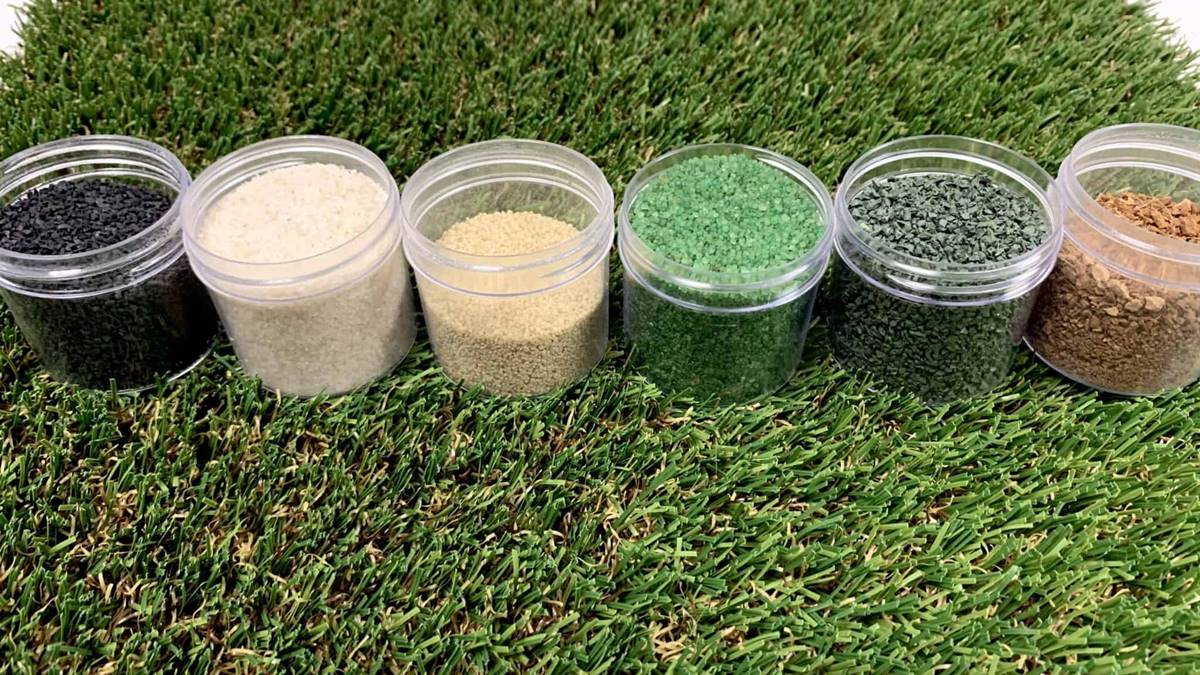

0 thoughts on “Synthetic Pet Grass: How Costly Is It?”